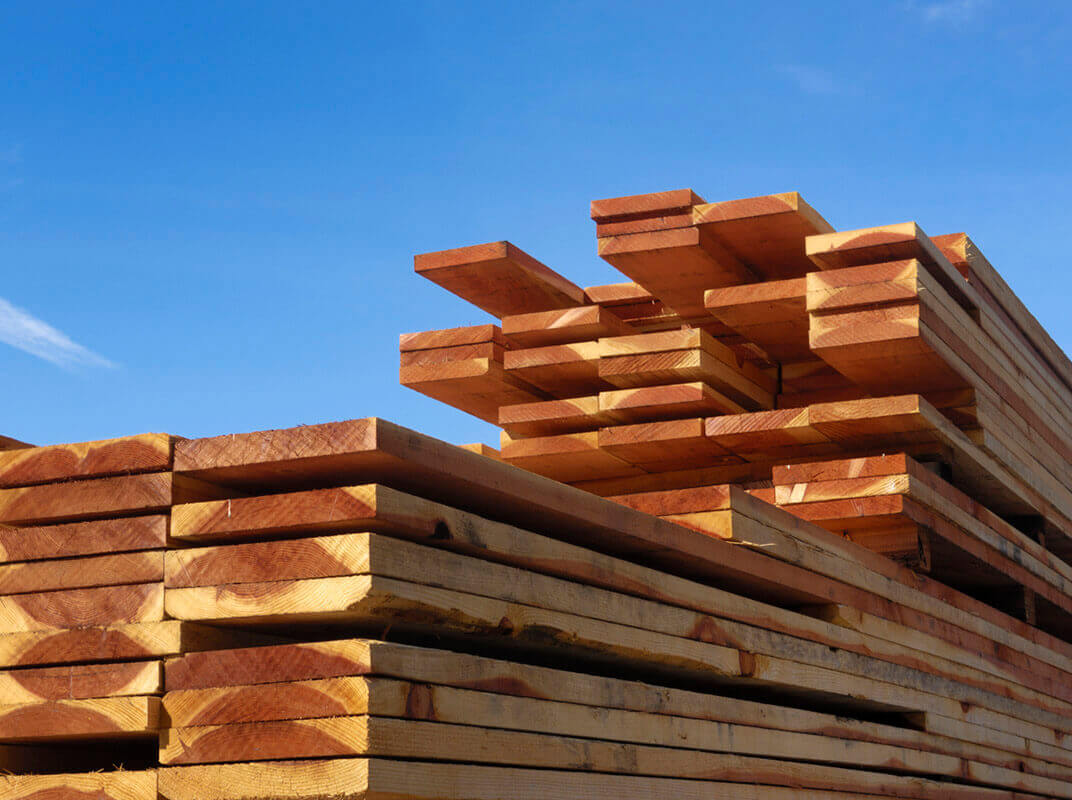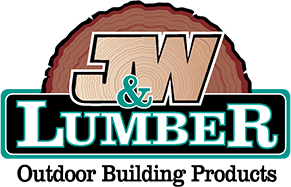
There’s nothing quite like preparing food with fruits, vegetables, and spices from your home garden. Growing your own vegetables is relatively simple to do – you just need a little bit of knowledge and the right materials. Garden boxes and raised garden beds are a great place to grow vegetables, spices, and flowers. You can utilize the garden box in almost any space by building it to your exact needs – or purchase an easy-to-assemble garden box kit.
Building a garden box is a very basic operation, requiring only lumber and screws. The type of lumber you use, however, is very important. The right lumber will make your garden box last longer and look better.
When choosing lumber for your garden box, there are two main things to consider:
- The stability of the frame
- The type of crops you plan on growing
You want your garden box to be sturdy, and last for many years – and you want to make sure that your plants aren’t tainted by chemicals – especially if you’re growing fruits and vegetables.
You might notice that many older garden boxes and beds and are made with old railroad ties. While railroad ties might look nice – and do provide a solid structure that lasts for years – they are not a good option for gardens, due to the fact that the wood in railroad ties is treated with chemicals. The Chemicals used to pressure treat lumber are exceptionally poisonous and can get into the soil and ruin your crops.
Conversely, lower-cost woods like Douglas Fir contain no chemicals (assuming the wood has not been treated), but are not as rot-resistant as other softwoods, making them more susceptible to faster decay. There are better lumber choices for garden boxes, including Redwood and Cedar.
Redwood
Redwood gives you the best of all worlds for garden boxes – it’s durable, safe to grow in – and looks great. As one of California’s biggest renewable resources, Redwood is plentiful as well, making it high-quality and affordable. Due to Redwood’s heartwood (the wood in the center of the tree), it has incredibly strong properties that make it long lasting and resistant to insects and water damage. This is especially important since the wood in your garden box will be partially exposed to soil. Redwood is also a beautiful species of wood, giving your garden a nice touch of style.
Cedar
J&W Lumber carries two different species of Cedar that are great options for building your garden box – Western Red Cedar and Alaskan Yellow Cedar. Like Redwood, Cedar does very well with ground contact, holding up for far longer than woods like Doug Fir (a termite favorite). Alaskan Cedar, in particular, is a very strong wood, meaning less bending and warping so that your garden box structure remains sound.
Rough Wood
The preferred wood for garden boxes is rough woods – those that have not been milled into flat, smooth boards and have, on average, a quarter inch more thickness than milled woods. Thicker wood means increased durability and less splitting. Rough woods can be purchased in a variety of sizes, so you should be able to find timber that fits your vision. J&W lumber carries Rough Merch Redwood – a high-quality rough Redwood that can be hard to find but looks great in any garden.
Check out the Garden Box Brainstorm for more ideas for your garden.
Consider Your Style Preferences
You’re not building your garden box for looks – you’re building it to grow plants. That doesn’t mean, however, that you shouldn’t consider style. Perhaps you want to match the type of wood you have on your deck or your house siding. Or perhaps you just simply like a certain look. With the right materials and a little extra elbow grease, you can design your garden box to fit your style.
Accent your garden with these landscape ideas.
Staining
Staining your wood is a simple and effective way to give your garden box a stylish look – but remember, your best bet is to stain the outside portion of the wood only, as the inside portion will be in contact with the soil. The chemicals in stains could negatively affect your crops. Both Redwood and Cedar do very well with staining, as the wood retains the stain better than other woods, and the stain can really bring out the unique portions of each piece of lumber.
Get tips on Creating the Perfect Patio for Your Family.
Extra Tips
Grow up
Garden boxes are great for those with small growing spaces – and you can expand your space up as well as out. Try adding a lattice to the outside of your garden box to grow tomatoes, beans, and other vining plants.
Protect the Bottom
Many hungry critters like groundhogs and gophers are adept at stealing your fruits and veggies by entering your garden box from underground. Add a wire mesh to the bottom of your box to fence them off and keep them out.
Raise the Bed
Adding legs to your garden box and raising it off the ground offers a variety of benefits, which you can read about in When to Consider a Raised Garden Box.
Need help building your new garden box? Contact us or stop by one of our showrooms, and we’ll help get you started.
